
About Commission for Air Quality Management (CAQM):
- The CAQM is a statutory body established under the Commission for Air Quality Management in National Capital Region (NCR) and Adjoining Areas, Act 2021.
- Mandate: Better coordination, research, identification, and resolution of problems surrounding the air quality index and for matters connected therewith or incidental thereto.
- It undertakes action for the prevention and control of Air pollution in Delhi-NCR & Adjoining Areas which impacts the air quality of the National Capital Territory (NCT) of Delhi.
- The Commission is required to coordinate its actions on monitoring of air quality with the government of Delhi and the adjoining states, which includes Punjab, Haryana, Rajasthan, and Uttar Pradesh.
- Powers:
- Restricting activities influencing air quality.
- Investigating and conducting research related to environmental pollution impacting air quality, preparing codes and guidelines to prevent and control air pollution,
- Issuing directions on matters including inspections, or regulations, which will be binding on the concerned person or authority.
- All the directions and orders by the Commission are of binding nature, and any person, officer, or authority shall be bound to comply with the same.
- The commission is directly accountable to the parliament.
- Composition:
- Chairperson: To be chaired by a government official of the rank of Secretary or Chief Secretary. He will hold the post for three years or until s/he attains the age of 70 years.
- It will also have five ex officio memberswho are either Chief Secretaries or Secretaries in charge of the department dealing with environment protection in the States of Delhi, Punjab, Haryana, Rajasthan, and Uttar Pradesh.
- Three full time technical members.
- Three members from non-government organisations.
- Technical members from Central Pollution Control Board (CPCB), Indian Space Research Organisation, and NITI Aayog
2. Supreme Audit Institutions (SAIs)
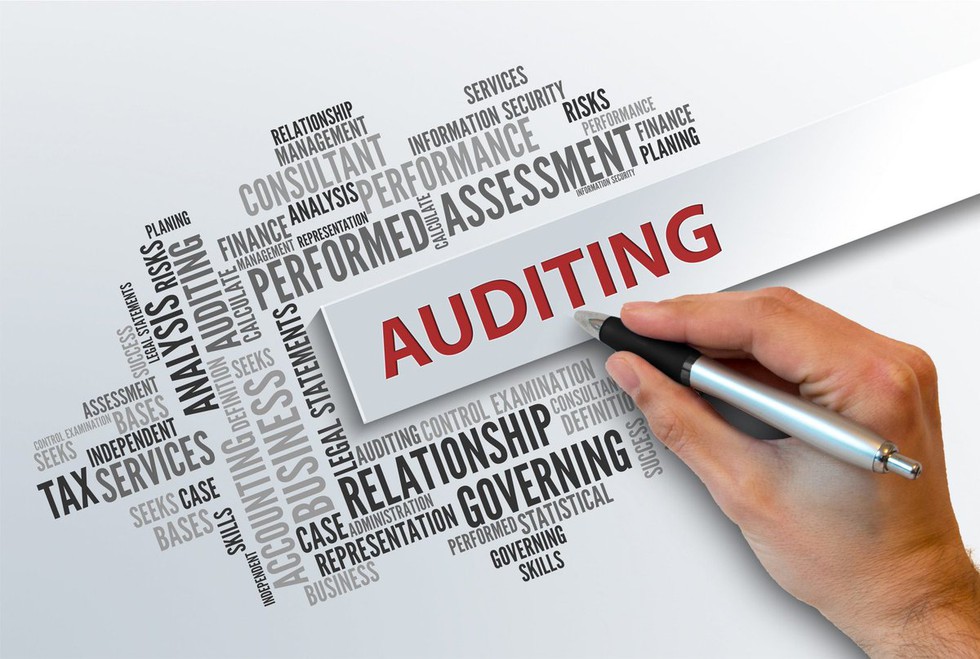
About Supreme Audit Institutions (SAIs):
- They are public oversight institutionsresponsible for the audit of government revenue and expenditure.
- They are a critical link in a country’s accountability chain.
- By scrutinizing public financial management and reporting, they provide assurance that resources are used as prescribed.
- Most SAIs derives their mandate from the constitution and/or legislation.
- SAIs undertakes financial audits of organizations’ accounting procedures and financial statements, and compliance audits reviewing the legality of transactions made by the audited body.
- They also conduct performance auditsto scrutinize the efficiency, effectiveness, or economy of government’s undertakings.
- The independence of the SAI from the executive bodies it audits is fundamental to its role in holding governments to account and building trust between the organs of the state and society.
- The Comptroller and Auditor General of India (CAG) and the Indian Audit and Accounts Department (IAAD) functioning under him constitute the SAI of India.
- Nearly every SAI from a United Nations-member country is a member of the International Organization of Supreme Audit Institutions(INTOSAI).
Key Facts about International Organization of Supreme Audit Institutions (INTOSAI):
- It is a voluntary, non-political organization that works to promote auditing standards, good governance of SAIs, and SAI independence, among other work.
- The INTOSAI was founded in 1953 and has grown from the original 34 countries to a membership of over 192 SAIs.
- It operates as an umbrella organization for the external government audit community.
- INTOSAI has numerous committees and working groups which examine issues of particular relevance to SAIs, such as developing professional standards for public sector auditing, knowledge sharing, and capacity building.
- It has special consultative status with the Economic and Social Council (ECOSOC) of the United Nations.
- Structure:
- The International Congresses of Supreme Audit Institutions (INCOSAI) is the supreme organ of INTOSAI and is composed of all the members. On a triennial basis, it holds regular meetings, which is chaired by the hosting SAI.
- The INTOSAI Governing Board meets annually to provide strategic leadership, stewardship, and continuity of INTOSAI activities between INCOSAI.
- The CAG of India is a member of the Governing Board of the INTOSAI.
3. Key Facts about Sea of Japan
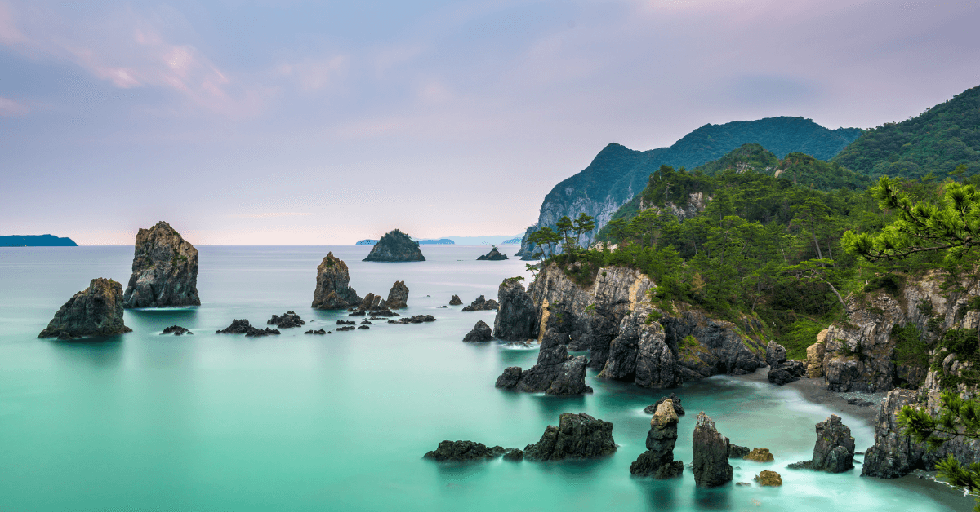
About Sea of Japan:
- It is a marginal sea of the western Pacific Ocean.
- It is bounded by Russiaand Sakhalin Island in the north, by North Korea in the west, South Korea in the southwest, and by the Japanese archipelago (Hokkaidō, Honshū, and Kyūshū islands) in the east and south.
- Its area is 377,600 square miles (978,000 sq.km).
- It is connected with the East China Sea in the south via the Tsushima and Korea straits and with the Okhotsk Sea in the north by the La Perouse and Tatar straits.
- In the east, it is connected with the Inland Sea of Japan via the Kanmon Strait and the Pacific Ocean by the Tsugaru Strait.
- The average depth is 1,667 meters.
- Dohoku Seamount, an underwater volcano, is its deepest point.
- Its relatively warm waters contribute greatly to the mild climate of Japan.
- Very few rivers empty into it, and their water amounts to less than one percent of the sea’s content.
- There are no large islands in the Sea of Japan. Except for the South Korean Island of Ulleungdo, all the other small islands are situated near the eastern coast of the sea.
- Mining for mineral deposits like magnetite, natural gas, and petroleum are some of the major economic activities that are carried out in the Sea of Japan.
- Ports:
- Russia: Vladivostok, Sovetskaya Gavan, Nakhodka, Alexandrovsk-Sakhalinsky, and Kholmsk.
- North Korea: Hamhung, Chongjin, and Wonsan.
- Japan: Niigata, Tsuruta, and Maizuru.
4. What are Ghost Sharks?
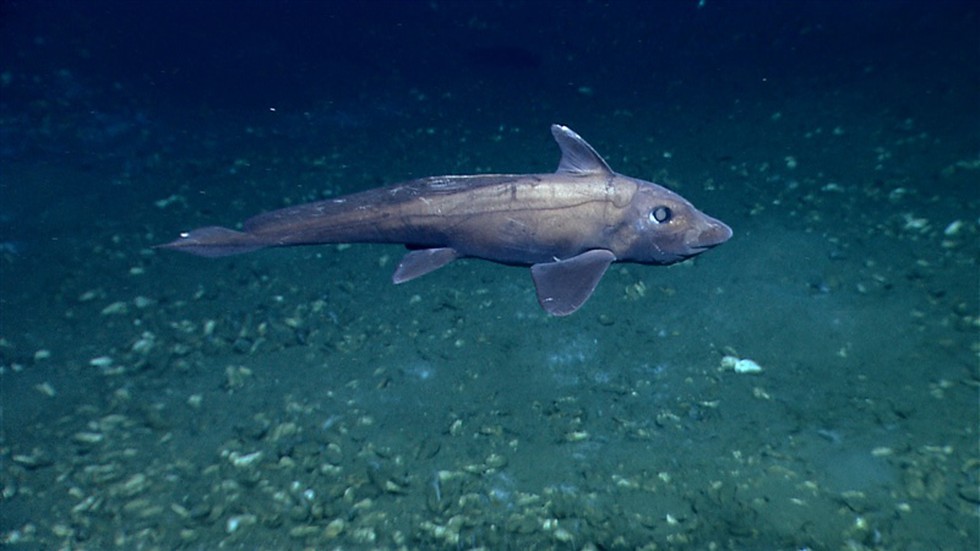
About Ghost Sharks:
- Ghost sharks, also known as chimaeras and spookfish, are a group of cartilaginous fish closely related to sharks and rays.
- They genetically diverged from their shark relatives nearly 400 million years ago.
- Features:
- They have long, tapering bodies and incredibly large heads.
- The ghost shark’s maximum observed length is about 49 inches, but scientists believe they can grow to be more than six feet in some cases.
- Their skin ranges in color from black to pale blue to brownish grey.
- They have haunting black eyes and smooth, light brown, scale-free skin.
- Their eyes are backed with a reflective tissue layer that makes them seem to glow in the dark, contributing to an eerie—even ghostlike—appearance.
- They live at depths ranging from 200 meters to 2,600 meters and generally stay close to the seafloor.
- Their diet primarily consists of shellfish, mollusks, and worms that live on or under the seafloor.
- They are sometimes referred to as the ocean’s butterflies for the way they glide through the water with their large pectoral fins.
- Ghost sharks are thought to be solitary animals, as they are generally observed alone.
5. What is the Doctrine of ‘Constructive Possession’?

About Doctrine of ‘Constructive Possession’:
- It is a legal doctrine that attributes possession of an item or substance to an individual, even if they do not have physical control or immediate possession of it.
- In criminal law, constructive possession arises when a person has the intention and ability to exercise control over the item or substance, either individually or jointly with others.
- Unlike actual possession, which involves physical custody or control, constructive possession is based on the concept that an individual can still be held responsible for items they have the power to control, even if those items are not physically on their person.
- The key element is the intent and capability to exercise dominion or control over the object or substance.
- Constructive possession allows a person who does not actually have personal possession of something, yet still controls it, to be charged with a crime for possessing it.
- Constructive possession often arises in cases involving illegal drugs, firearms, or stolen property, where the defendant may not have direct physical possession but has control or access to the item.
- For a successful prosecution of constructive possession, certain criteria must be met. These include:
- Knowledge of the Item’s Presence: The individual must be aware that the item exists. Mere proximity to an item without knowledge does not constitute constructive possession.
- Ability to Exercise Control: The person must have the capability to maintain dominion over the item. This means having the power and intention to control its use.
- Intent to Possess: There must be an intent to possess the item. This can often be inferred from circumstances, such as the location of the item and the individual’s actions or statements.
6. What is CSIRT-Power?
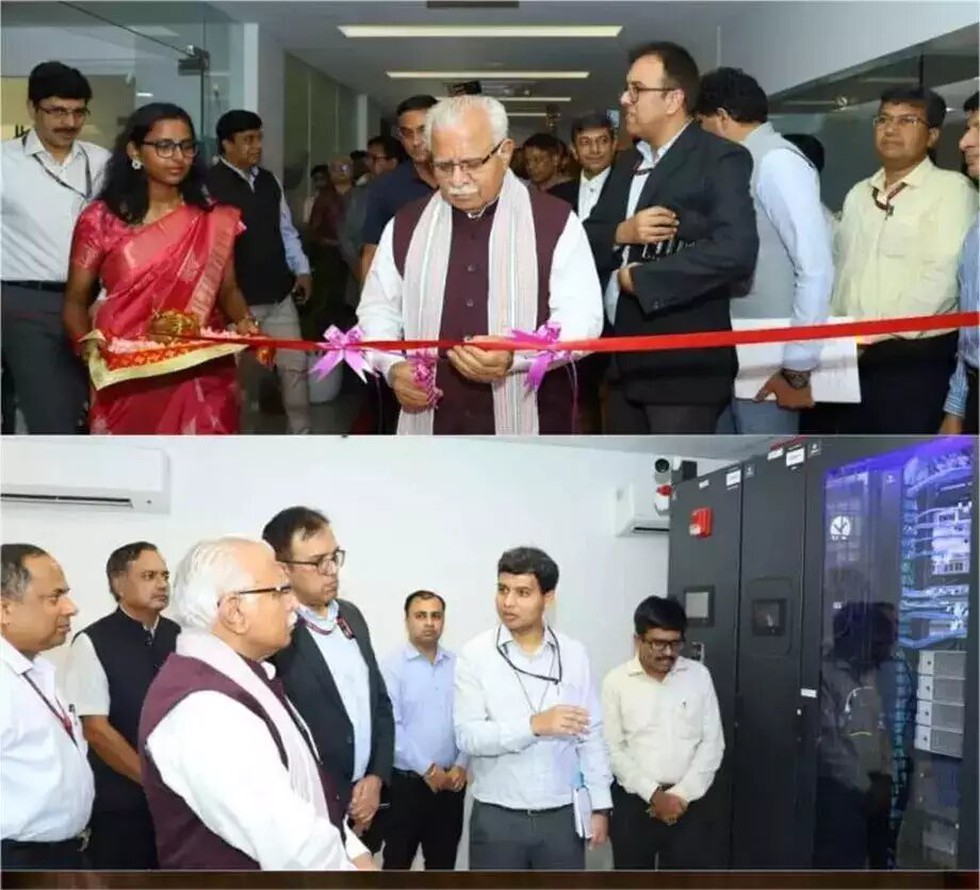
About CSIRT-Power:
- It was launched in collaboration with CERT-In and it is in alignment with the National Cyber Security Policy of 2013.
- It will serve as the central agency for responding to cyber incidents and ensuring coordinated responses.
- Objective: The primary objective of CSIRT-Power is to enhance cybersecurity resilience in the Indian power sector through a structured approach. This includes preventing and responding to cybersecurity incidents, ensuring coordinated responses to cyber threats, and collecting, analysing, and sharing information about sector-specific threats.
- CSIRT-Power will also implement measures to raise cybersecurity awareness and improve the sector’s cybersecurity posture while promoting best practices, standard operating procedures, and security policies.
- The facility will provide cybersecurity expertise and assistance to constituent utilities and facilitate cooperation among stakeholders to strengthen cybersecurity efforts.
- It is set up under the Central Electricity Authority.
What is CERT-In?
- It is the national nodal agencyfor responding to computer security incidents as and when they occur.
- It is a functional organisation of the Ministry of E& Electronics Technology, Government of India, with the objective of securing Indian cyberspace.
- CERT-In has been operational since January 2004.
7. What is Pact for the Future?
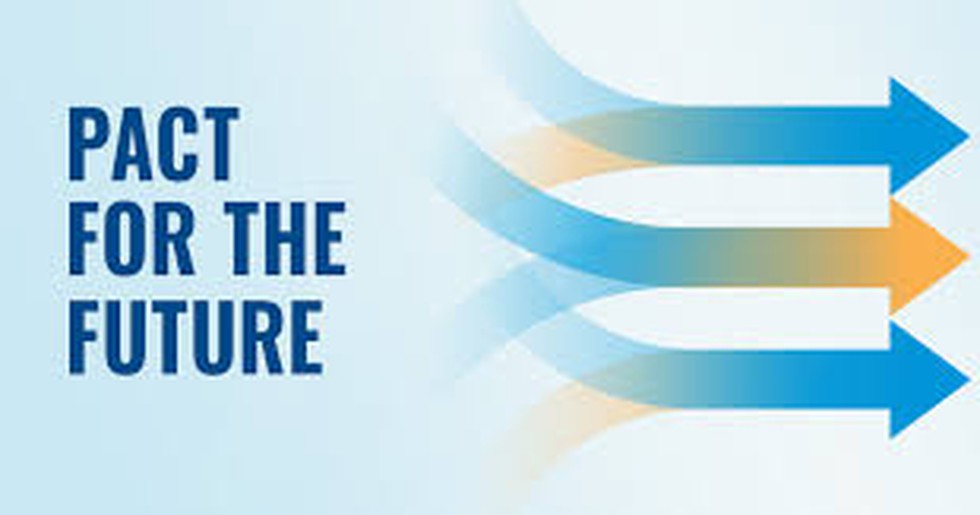
About Pact for the Future:
- It is a landmark declaration reaffirming the commitment of UN Member States to sustainable development, peace, and stronger global governance.
- The Pact’s five broad focus areas include
- Sustainable development: It includes a pledge to move faster towards achieving the UN’s Sustainable Development Goals (SDGs) and the Paris Agreement commitments on climate change.
- International peace and security: Redouble efforts to build and sustain peaceful, inclusive and just societies and address the root causes of conflicts and protect all civilians in armed conflict
- Science and technology and digital revolution: Science, technology and innovation have the potential to accelerate the realization of the aspirations of the United Nations across all three pillars of its work.
- Youth and future generations: Listen to young people and include them in decision-making, at the national and global levels
- Transforming global governance: Build stronger partnerships with civil society, the private sector, local and regional authorities.
8. MAPCIS Crater
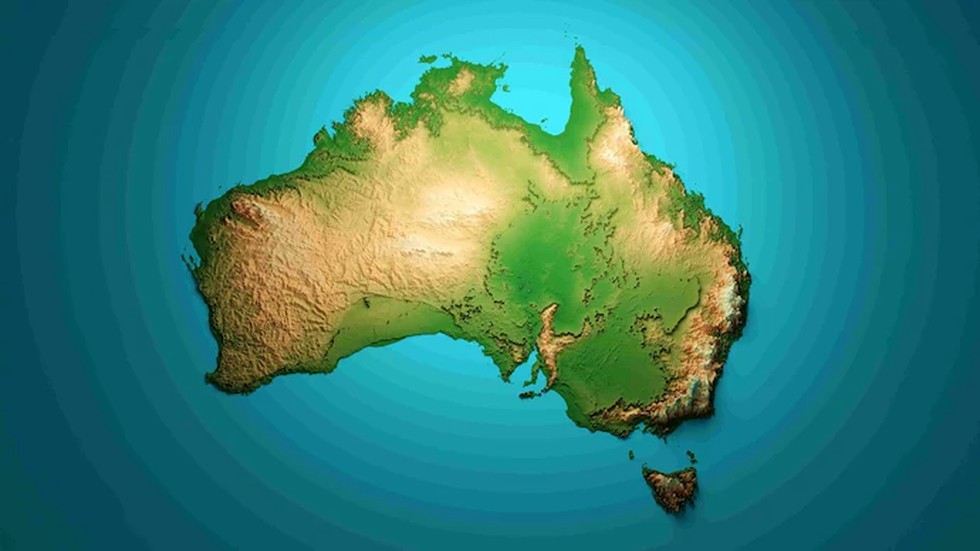
About MAPCIS Crater:
- It is classified as a nonconcentric complex crater, and could provide invaluable insights into Earth's geological and biological evolution.
- It spans an astonishing 600 kilometers across central Australia.
- The newly discovered structure, named as Massive Australian Precambrian-Cambrian Impact Structure (MAPCIS).
- The impact is believed to have occurred at the end of the Ediacaran period.
- It includes massive deposits of pseudotachylite breccia (melt rock) near the crater's center, presence of shocked minerals, including lonsdaleite (shocked diamond), and impact-level concentrations of iridium.
Key facts about the Ediacaran Period
- It is an interval of geological time ranging 635 to 541 million years ago.
- It is the uppermost division of the Proterozoic Eon of Precambrian time and latest of the three periods of the Neoproterozoic Era.
- This period produced some of the earliest known evidence of the evolution of multicellular animals.
- It was a time of immense geological and biological change, and records the transition from a planet largely dominated by microscopic organisms, to a Cambrian world swarming with animals.
9. Mankidia Tribe
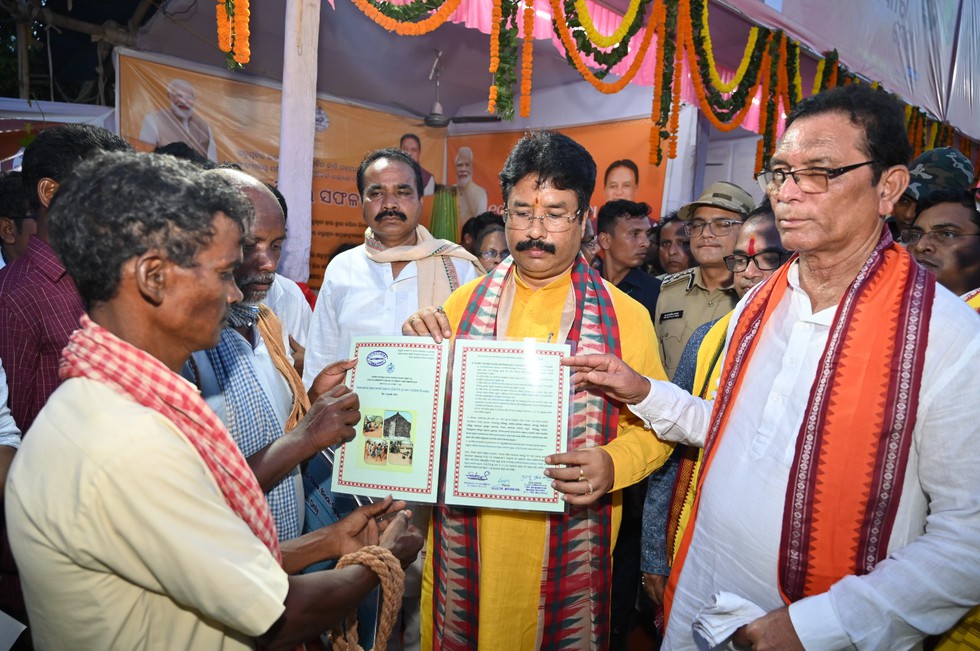
About Mankidia Tribe:
- The Mankidia community is an Austro-Asiatic community that ekes out a living mainly from the forests.
- They constitute a semi-nomadic section of the Birhor tribe.
- They have been identified as a Particularly Vulnerable Tribal Group (PVTG) in Odisha.
- Occupation: They are primarily a food gathering and huntingThey are one of the most little-known forest dwelling and wandering communities of the state as well as the country.
- They wander inside forests in small bands and stay at different tandas — the temporary makeshift settlements comprising of temporary dome-shaped leaf huts known as Kumbhas.
- Language: They speak a form of Munda language and some of them are also conversant in Odia.
- They believe in both malevolent and benevolent spirits and Gods. Logobir and Budhimai are their supreme deities.
- The worship their ancestors for the purpose of enjoying health and achieving success in hunting and collecting forest produce.
- They are mainly found in Odisha, Jharkhand, Madhya Pradesh and West Bengal.
10. Nagar Van Yojana (NVY)
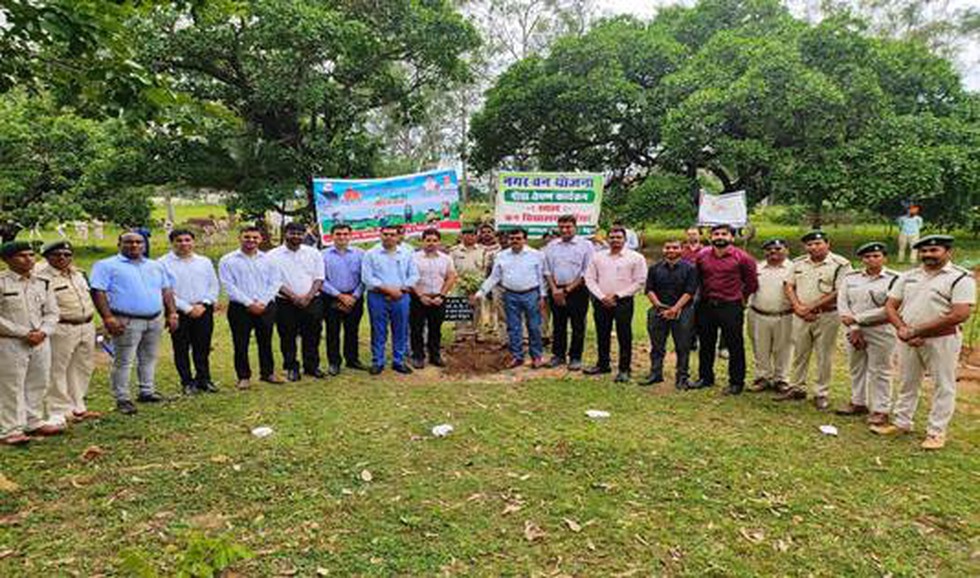
About Nagar Van Yojana (NVY):
- It was launched in 2020 in an effort to enhance the urban greenery for improving the quality of life and increasing social cohesion in cities.
- The scheme provides financial assistance of Rs. 4 lakh per hectare for the creation and maintenance of these urban forests, encouraging the involvement of citizens, students, and other stakeholders in the creation and management of these green spaces.
- Nagar Van areas range from a minimum of 10 ha to 50 ha.
- The scheme covers all cities with Municipal Corporations, Municipalities and Urban Local Bodies (ULBs).
- Emphasis is on biodiversity, planting fruit-bearing, medicinal, and native species to attract wildlife and promote ecological balance. Community participation is central, with opportunities for public engagement through tree planting, educational programs, and sustainable management.
- Each Nagar Van must have at least two-thirds of its area under tree cover and will feature components like Biodiversity Parks, Smriti Vans, Butterfly Conservatories, and Herbal Gardens and now Matri Van created under Ek Ped Ma Ke Naam.
- Presently, the Nagar Van Yojana aims to develop 1000 Nagar Vans by the year 2027 with the financial support of National Fund of National Compensatory Afforestation Management and Planning Authority (National CAMPA).


























































































































































.png)
.png)
.png)
.png)
.png)


.png)
.png)
.png)





.png)
.png)






.png)
.png)
.png)
.png)
.png)
.png)
.png)
.png)
.png)

.png)







.png)
.png)


.png)
.png)
.png)


.png)

.png)
.png)





.jpg)

.png)
.png)


.png)

.png)
.png)
.png)

.jpg)

.jpg)


.png)

.png)
.png)
.png)
.png)
.png)
.png)
.png)
.png)
.png)
.png)




.png)

.png)





.png)
.png)
.png)
.png)
.png)
.png)
.png)
.png)
.png)
.png)
.jpg)
.jpg)

.png)
.png)
.png)
.png)
.png)
.png)
.png)
.png)
.png)
.png)
.png)
.png)
.png)
.png)
.png)
.png)
.png)
.png)
.png)
.png)
.png)
.png)



.png)
.png)

.jpg)
.jpg)


.jpg)
.jpg)
.jpg)
.jpg)
.jpg)

.jpg)








.jpg)
.jpg)
.jpg)
.jpg)
.jpg)

















.jpg)
.jpg)







.jpg)


















.jpg)
.jpg)






























































































.jpg)
.jpg)


























.jpg)

.jpg)










.jpg)








.jpg)




.jpg)










.jpg)


















.jpg)












































.jpg)














.jpg)
.jpg)
.jpg)





.jpg)

.jpg)
.jpg)





































































.jpg)


































.jpg)
.jpg)
















































.jpg)












.jpg)


.jpg)




.jpg)
.jpg)
.jpg)

.jpg)
.jpg)
.jpg)
.jpg)

.jpg)
.jpg)
.jpg)

.jpg)
.jpg)
.jpg)
.jpg)
.jpg)
.jpg)
.jpg)
.jpg)

.jpg)


.jpg)
.jpg)
.jpg)
.jpg)
.jpg)
.jpg)
.jpg)
.jpg)
.jpg)
.jpg)











.jpg)
.jpg)





.jpg)
.jpg)
.jpg)
























.jpg)
























.jpg)









.jpg)
.jpg)







.jpg)
.jpg)









































.jpg)
.jpg)
.jpg)
.jpg)
.jpg)

.jpg)
.jpg)
.jpg)
.jpg)
.jpg)


.jpg)
.jpg)
.jpg)
.jpg)
.jpg)

.jpg)
.jpg)
.jpg)
.jpg)
.jpg)
.jpg)
.jpg)
.jpg)
.jpg)
.jpg)
.png)

.png)
.png)

.png)
.png)
.png)
.png)


.jpg)
.jpg)

.jpg)
.jpg)
.jpg)

.png)
.png)
.png)
.png)
.png)
.png)
.png)

.png)
.png)
.png)
.png)
.png)
.png)
.png)
.png)
.png)
.png)





































































-min.png)



.png)




.png)








































